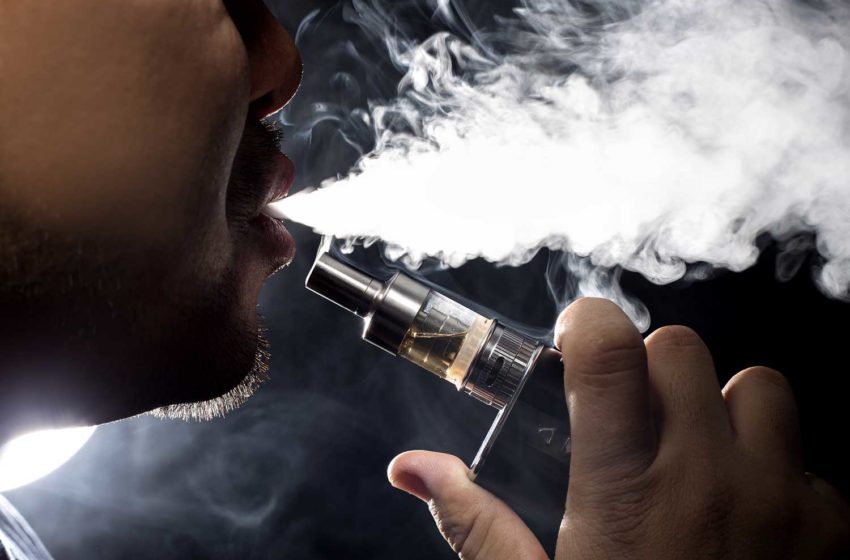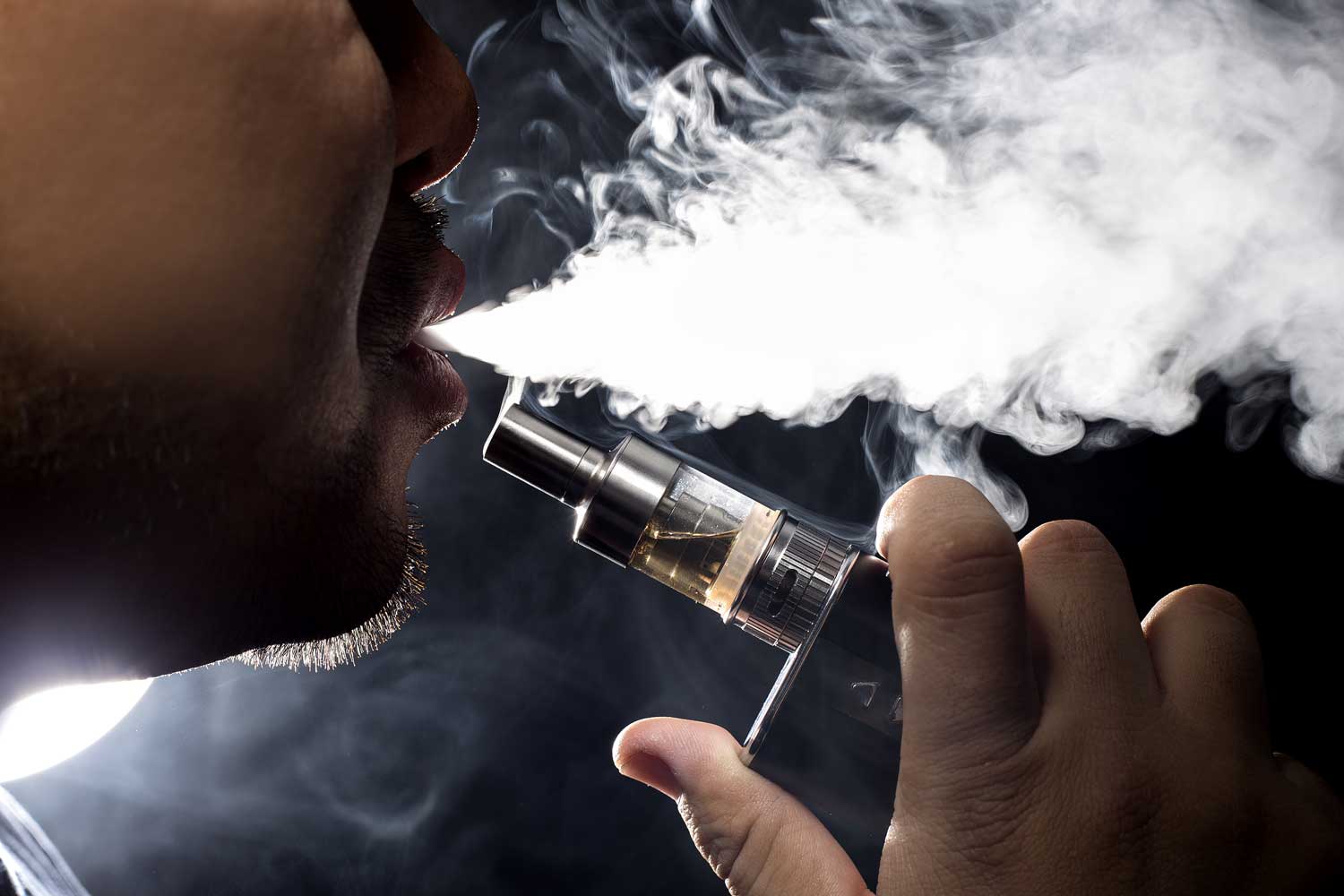Olsen: Rethinking the MRTP Approval Process
- Industry insights News This Week
- June 8, 2023
- 12 minutes read


Rethinking the modified-risk tobacco products approval process.
By Cheryl K. Olson
It seemed an excellent test case for a new system. After role-playing a U.S. Food and Drug Administration Tobacco Products Scientific Advisory Committee (TPSAC) member, listening to Altria’s presenters rehearse their pitch, that was my impression. I thought that Copenhagen Snuff would likely sail through the modified-risk tobacco product (MRTP) application process.
Sold in some form since the 19th century, the product was well understood. From a regulatory perspective, it was comfortably dull. The reduced-harm claim Altria sought to put on Copenhagen’s label seemed indisputably true: “If you smoke, consider this: Switching completely to this product from cigarettes reduces risk of lung cancer.”
In February 2019, the TPSAC review panel voted 8-0 that the claim was scientifically accurate. Said panel chair Robin Mermelstein, “I am hearing a consensus that this was an understandable statement. It was clear,” and “I think it is a reasonable place to start in messaging.”
Forty-nine months later, the FDA finally authorized Copenhagen Classic Snuff as a MRTP.
“No tobacco product is safe or ‘FDA approved,’ so those who do not use tobacco products shouldn’t start,” said the director of the FDA’s Center for Tobacco Products (CTP), Brian King, in the March 2023 press release. “But tobacco products do exist on a spectrum of risk, with those that are smoked having the greatest risk. In this case, the FDA’s scientific review found that if an adult smoker completely switched from cigarettes to this smokeless product, it would reduce their risk of getting lung cancer.”
How could it take so long to approve the obvious: that complete switching to a (familiar) smokeless product from cigarettes reduces risk of lung cancer? This invites a fresh critical look at the MRTP process: its origin, utility and potential future.
Some MRTP History
The U.S. MRTP application process comes to us courtesy of Section 911 of the 2009 Family Smoking Prevention and Tobacco Control Act. It defines “modified-risk tobacco product” as one “sold or distributed for use to reduce harm or the risk of tobacco-related disease.” In addition to the usual scientific evidence for reduced health risks, complex studies of consumer perceptions and real-world product use are required.
Don’t have an MRTP authorization? Basically, your company can’t say anything on product labeling, advertising or other media “that would be reasonably expected to result in consumers believing that the tobacco product or its smoke may present a lower risk of disease or is less harmful” compared to other products. Or, that product or its smoke has fewer bad things in it. The act also prohibits the use of weasel words like “light,” “mild” or “low.”
In October 2019, Swedish Match USA’s eight General Snus products were the first ever authorized for sale with a modified-risk claim. “Today’s action demonstrates the viability of the pathway for companies to market specific tobacco products as less harmful to consumers,” read the FDA’s press release, “but only following a thorough scientific evaluation by the FDA.”
“It was a priority for CTP to demonstrate that the pathway works,” says Jim Solyst, then vice president for federal government affairs at Swedish Match. But this was four years after the same products received FDA marketing authorization (premarket tobacco product applications (PMTAs)) and took two rounds of TPSAC review.
The MRTP process is gobsmackingly costly in time and resources. In a 2018 regulatory document, the FDA estimated that it would receive three MRTP applications per year “and that it will take the applicant 10,000 hours per response to conduct studies and collect the information needed to support an MRTPA.” After all that, the claim is only good for five years. (A new application might lead to an extension.) Also, postmarket surveillance studies are mandated to show how the authorized claim actually affected consumer perception, behavior and health.
This may be why few companies have even entered the MRTP arena. The last TPSAC meeting to review an application took place in early 2020.
Only four diverse sets of products had emerged successful: snus from Swedish Match, Philip Morris International’s heat-not-burn IQOS systems and their HeatSticks, very-low nicotine cigarettes from 22nd Century Group and Altria’s snuff. (R.J. Reynolds presented on its Camel Snus to the TPSAC but later withdrew the application.)

At one point, it was logical that if you got a PMTA, it made sense to consider a MRTP. Now with the slowness of getting a PMTA, I don’t think companies have the MRTP as a vision of the next step.
Lessons from the Past?
When does it make sense to consider seeking a claim? “At one point, it was logical that if you got a PMTA, it made sense to consider a MRTP,” says Solyst. “Now with the slowness of getting a PMTA, I don’t think companies have the MRTP as a vision of the next step.”
Solyst, who is now principal at JMS Scientific Engagement, points to distinctive factors that gave General Snus products an edge with the FDA. These included product-specific long-term studies from Sweden. “They had an incredible amount of human health data and consumer data,” he says.
The MRTP section of the Tobacco Control Act echoes language from the influential 2001 Institute of Medicine report, Clearing the Smoke: Assessing the Science Base for Tobacco Harm Reduction. That report mentioned Swedish snus multiple times as an example of a potential reduced-exposure product. This, Solyst notes, “did provide a comfort level [for the FDA] to go ahead with an application.”
Because of these special circumstances, it’s hard to draw firm lessons from Swedish Match’s experience for MRTP wannabes. Nonetheless, Solyst encourages a careful read of the General Snus MRTP decision document: “That indicates what CTP valued in the application.”
As more products are authorized, patterns for success may become easier to spot, encouraging more companies to try.

Not So Obvious
The FDA’s goal is to review and act upon each MRTP application within 360 days of receipt if it contains the required information. While the process may streamline with time, it’s unlikely that approvals will ever be rapid.
One factor is the FDA culture. Willie McKinney, who served for three years as the industry representative on TPSAC, points to the example of thalidomide. In the early 1960s, Frances Oldham Kelsey famously prevented untold numbers of severe birth defects by questioning a drug application slated for routine approval. “That’s the ideal FDA reviewer,” McKinney says. “‘I saved lives, stopped a bad thing from happening.’”
McKinney was at times surprised at negative votes on questions posed to TPSAC reviewers about MRTPs. “I came to the conclusion that ‘obvious’ means different things to different people,” he says. In transcripts from past TPSAC meetings, one sees examples of reviewer confusion about how novel products look or work and skepticism about industry-generated data.
One former staff member at the CTP agreed, saying, “Not knowing the unintended consequences is a biggie.” That person did not feel that politics or bias play a role, however.
“I have not had anybody say, ‘Hey, delay the review of this.’ It’s usually something that’s unclear,” they said. The involvement of outside reviewers complicates the process: “There are a lot of moving parts.”
Pluses and Limits
From a public health perspective, a plus of the MRTP system is that it gets thoroughly tested information onto product packages and ads. Ideally, this helps people who do and don’t smoke attempt to meaningfully weigh relative risks.
“The idea of having a health claim is a good one,” says Solyst. “But it needs to be something that is effective, that results in smokers moving to lower risk products.”
One problem is that Section 911 limits messaging to a brief statement about reduced risk of disease or exposure to a substance. As a tool to change what people do with nicotine, an MRTP claim is like one of those L-shaped Allen wrenches. It can work well for a simple, specific task.
But is it adequate for the complex job described in the Copenhagen MRTP press release? By law, the FDA must ensure that the public understands the reduced risk or exposure message used in advertising and labeling. What’s more, they must “understand the significance that information has in the context of total health and in relation to all tobacco-related diseases and health conditions.” That’s a lot to ask from a one-sentence claim.
Consider this: Strong headwinds of misinformation deter the switch from cigarettes to smokeless. It would be surprising to see large changes in perceptions and behavior intentions from one experimental exposure to a single short statement.
As Joe Murillo, then senior vice president of regulatory affairs at Altria Client Services, noted in his 2019 presentation to TPSAC, the FDA’s own survey data found that over 90 percent of adults who smoked thought smokeless products were just as or more harmful than cigarettes. Potential harm to nonusers of tobacco is factored into the FDA’s MRTP decisions. Isn’t harm from inaction—of not correcting high-risk misinformation—just as important to consider?
The Future of MRTPs
Among other recommendations, the recent report from the Reagan-Udall Foundation for the FDA encourages the CTP to develop a “more clear and predictable framework” for PMTA and MRTP submissions and reviews. This includes “simplifying, standardizing, documenting and publicly disseminating review procedures.” It’s noteworthy that the FDA sought comments on its draft guidance for MRTPs in 2018 but has yet to publish final guidance.
An April 2023 letter to FDA Commissioner Robert Califf by a group of distinguished researchers and advocates (including Mermelstein) expands on the Reagan-Udall recommendations. “Introduce a simplified system for evaluating incremental improvements to authorized products so American consumers can benefit sooner from product innovations,” they write. “This should apply to both the PMTA process for authorizations and the MRTP pathway for modified-risk claims. FDA’s processes should encourage pro-health innovation, not obstruct innovation or deny Americans access to the best technologies available worldwide.”

